Olympus M.Zuiko Digital ED 25 mm f/1.2 PRO
5. Chromatic and spherical aberration
Chromatic aberration
Good aperture fastness is often the source of longitudinal chromatic aberration problems. The Olympus 1.2/25 managed to avoid a slip-up here and the aberration is barely visible – in this category you should praise the lens a lot.
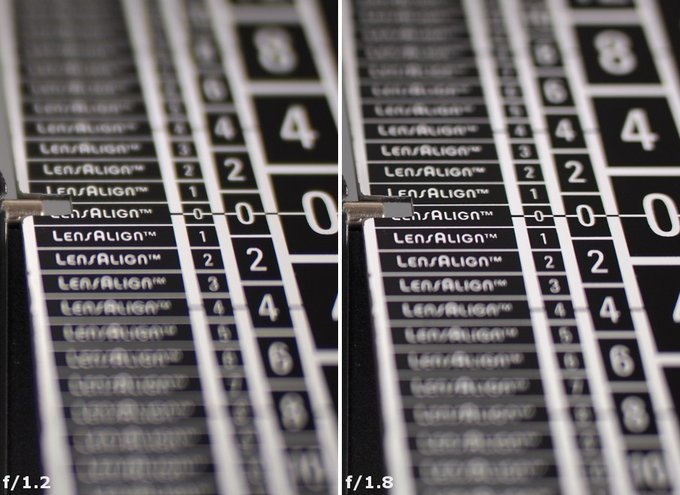 |
Please Support UsIf you enjoy our reviews and articles, and you want us to continue our work please, support our website by donating through PayPal. The funds are going to be used for paying our editorial team, renting servers, and equipping our testing studio; only that way we will be able to continue providing you interesting content for free. |
- - - - - - - - - - - - - - - - - - - - - - - - - - - - - - - - - - - - - - - - - - - - - - - -
When it comes to the lateral chromatic aberration the situation is a bit different. Everything is explained by a graph shown below.
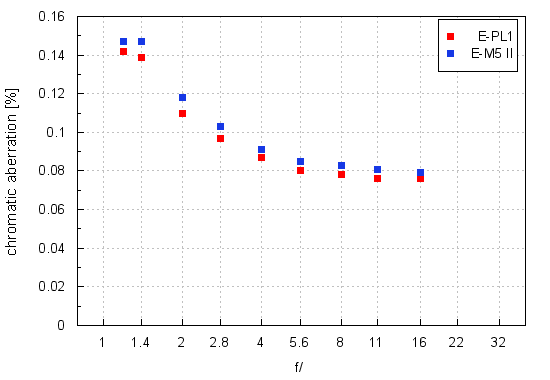
Near the maximum relative aperture the aberration reaches 0.14-0.15%, so is within a range we consider too high. Fortunately already from f/2.0 you can talk about medium values and on more significant stopping down they decrease to a borderline between medium and low. Still those results don’t compare favourably with those of the rivals. The maximum result of the Panaleica 1.4/25 exceeded slightly 0.08% and the Voigtlander 0.95/25 fared even better, as its aberration never went higher than 0.05%.
| Olympus E-PL1, RAW, f/1.2 | Olympus E-PL1, RAW, f/5.6 |
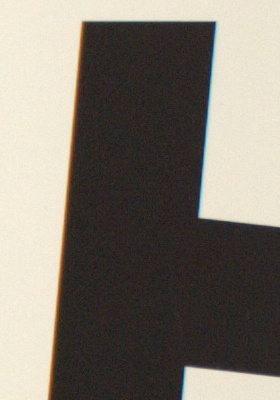
|
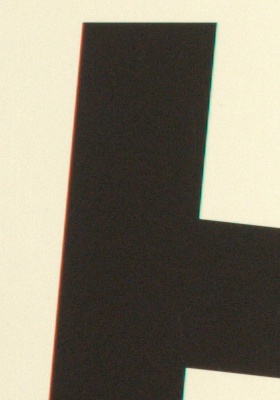
|
Spherical aberration
Spherical aberration makes itself felt and the appearance of out-of-focus light discs is the proof. It’s a classic case: the circle in front of the focus has fuzzy edges and their brightness falls when you move away from the centre. The circle behind the focus features a lighter rim on the edge for a change.
The aberration described here is not so pronounced when it comes to „focus shift” but you can notice that as well, especially if you compare images got by f/1.2 and by apertures ranging from f/2.0 to 2.8.
| Olympus E-M5 II, f/1.2, in front of | Olympus E-M5 II, f/1.2, behind |
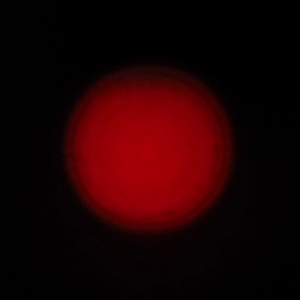
|
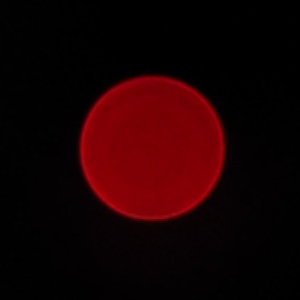
|






